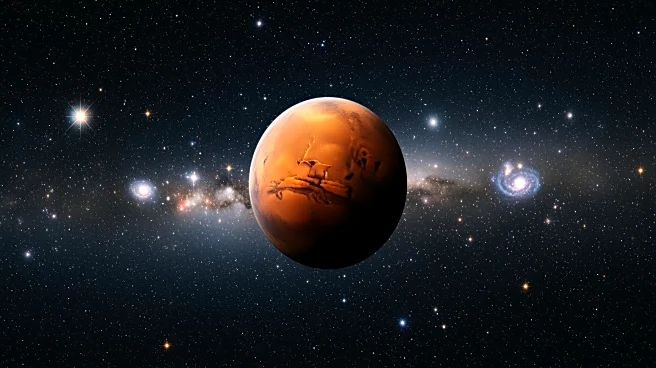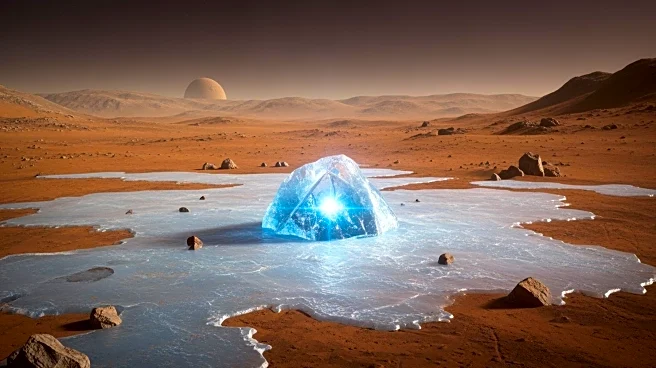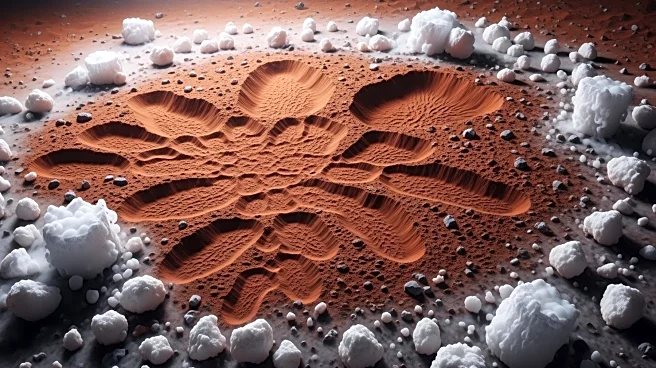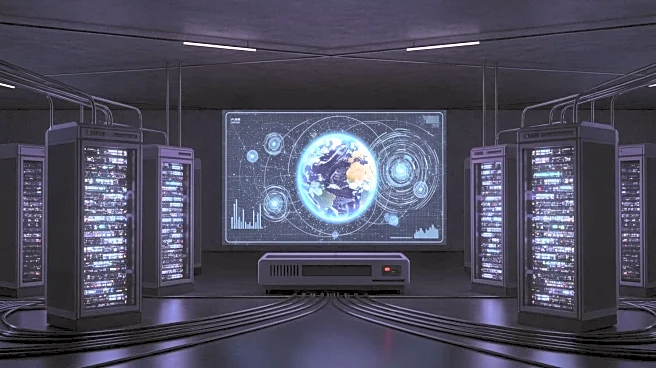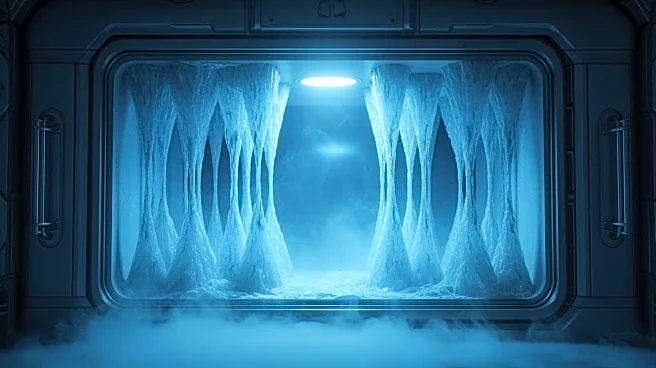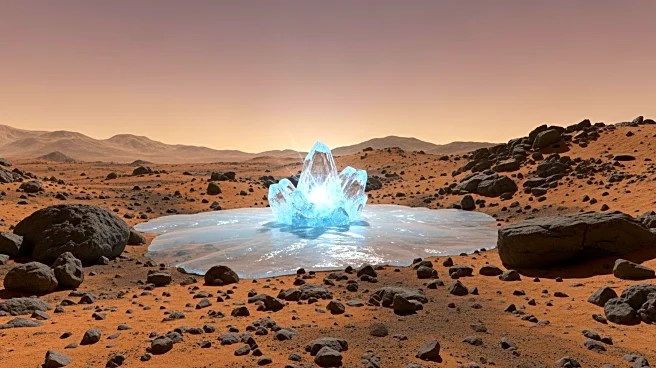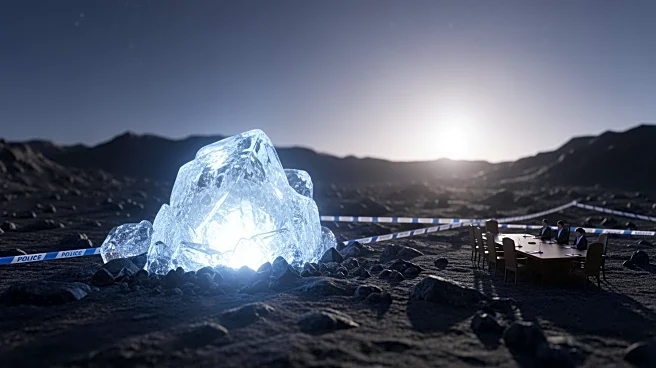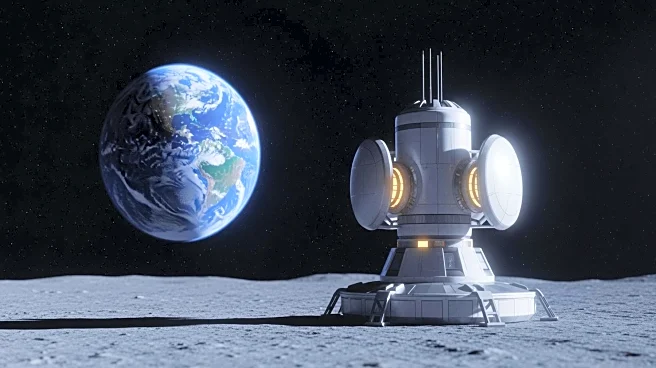What's Happening?
A viral image claiming to show the night sky on Mars has been debunked as misleading by NASA. The image, which depicts a rover beneath a vibrant Milky Way, was circulated widely across social media platforms
such as X, Instagram Reels, YouTube Shorts, and Facebook. It was often misrepresented as a photograph taken by NASA's Curiosity or Perseverance rover, or a new telescope on Mars. However, NASA's authentic rover imagery from Mars shows a much dimmer, dust-muted sky. The viral image is a composite, not a genuine rover photograph. NASA's real night-sky imagery, including a famous 2014 frame where Earth appears as a tiny dot, establishes the baseline for how Mars' sky is recorded: subdued and dusty, unlike the viral image.
Why It's Important?
The spread of misleading images like the viral Mars night sky photo can undermine public trust in scientific achievements and space exploration. Authentic images from Mars, such as those released by NASA, provide valuable insights into the planet's atmosphere and conditions. Misrepresentations blur the line between art and documentary, potentially overshadowing genuine scientific discoveries. This incident highlights the importance of verifying the authenticity of images and information shared online, especially in the context of space exploration where public interest and scientific integrity are closely linked.
What's Next?
NASA continues to release authentic images from Mars, providing accurate representations of the planet's conditions. As the agency progresses with its Mars missions, it is likely to emphasize the importance of distinguishing between genuine scientific imagery and artistic composites. Public education on the capabilities and limitations of rover cameras may be enhanced to prevent future misinterpretations. Additionally, social media platforms may face increased pressure to implement stricter verification processes for viral content related to scientific claims.
Beyond the Headlines
The viral image incident underscores the broader challenge of misinformation in the digital age, where algorithm-driven platforms often prioritize sensational visuals over accurate scientific content. This can lead to a 'context collapse,' where the original source and intent of an image are lost, and users are left with misleading impressions. The event also highlights the need for improved digital literacy among the public to critically assess the authenticity of online content.
